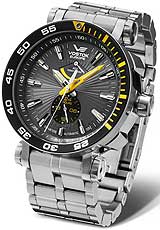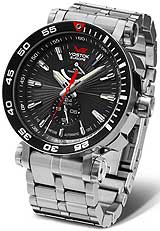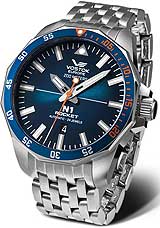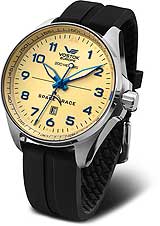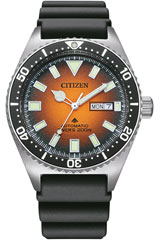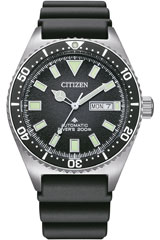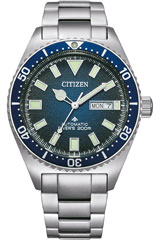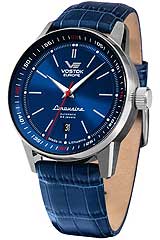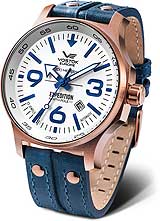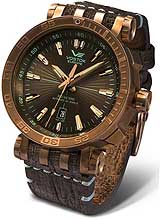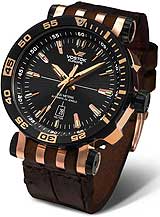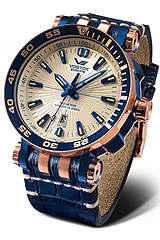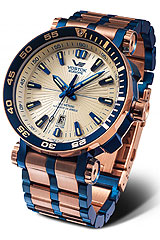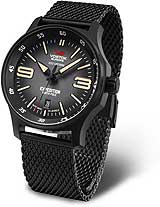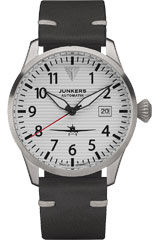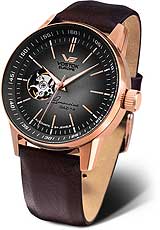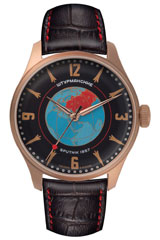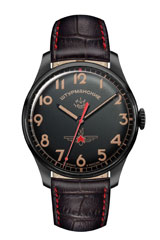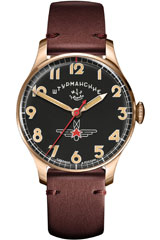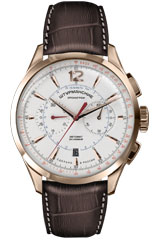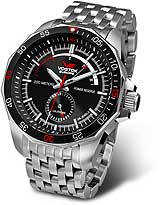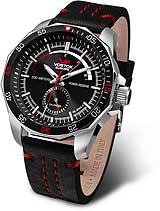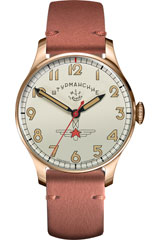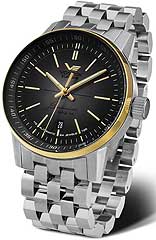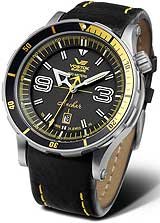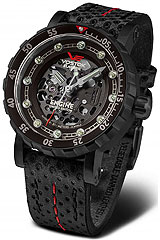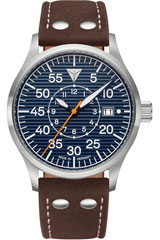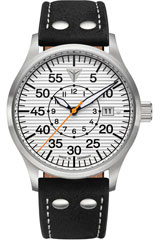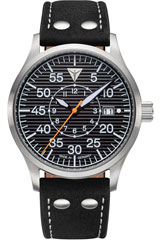Hand-wound Watches
Hand-wound watches - mechanical masterpieces
Nothing embodies the technical refinements of watchmaking as much as mechanical wristwatches. Especially the hand-wound watches are of course very stylish, as they have to be wound manually over the crown, unlike their siblings with automatic movements. This immediately turns the timepiece into a fascinating masterpiece. So it's no wonder that the mechanical models are so popular. We have summarized more about the history and advantages of hand-wound watches for you here.From pocket watches to hand-wound
watches At the beginning of the 19th century, watchmakers managed to reduce the size of the individual parts of mechanical watches to such an extent that pocket watches could be created. And with industrialization, large masses could soon be produced, so that it became commonplace to carry a pocket watch with you. However, many found it too cumbersome to constantly pull the small timepiece out of their pockets, which is why some people began to attach the pocket watches to their wrists. With this idea, the mechanical wristwatch had managed to emerge at the beginning of the 20th century. And even today it is fascinating that precise technology can be accommodated in such a small housing. Of course, the first mechanical models all worked via manual winding. Thus, the hand-wound watches are the first known watches for the wrist. Which is why they are still associated with the art of watchmaking and technical masterpieces.An investment in the future
However, hand-wound watches are so fascinating not only because of their historical background, but also because they are particularly stable in value and also durable. The mechanical wristwatches with manual winding are therefore a good investment in the long term. It is not uncommon for them to be passed on from generation to generation. Of course, the technical sophistication of these models is complemented by selected, high-quality materials. Of course, the movement itself is also durable due to the mechanics. The fact that there is no need to change the battery also means that the water resistance is maintained for a particularly long time. This also applies to wristwatches with automatic movements. If you look at the simple difference between hand-wound watches and automatic watches, it is only that they have to be wound by hand, i.e. on the crown, and not a rotor converts the movement of the wrist. Ultimately, it is a matter of taste which of the two mechanical wristwatches you prefer.
What you need to consider in a hand-wound watch.
The hand-wound watches must, as the name suggests, be wound by hand. This is the only way for the gears to start moving and the time display to work. If you would like to look at this process, you should look for a model with a glass caseback. Here you can watch the work at work. Mechanical watches often have a so-called power reserve. This extends the time a model can run without winding it. Nevertheless, it is a good idea to make winding the watch a daily ritual if you put it on in the morning. It is important to be careful to pull up the crown carefully and not to turn it forcibly over the anchor point. But with a little sensitivity, this shouldn't be a problem. Since hand-wound watches are a real investment, you should make sure that you buy models from reputable brands, especially when buying online. These guarantee real, precise works. In our watch shop we therefore offer Uhren4you.de hand-wound watches of the brands Ingersoll, Junkers or, for example, Sturmanskie. Because these manufacturers are known worldwide for their high-quality, mechanical wristwatches. If you have any questions, please do not hesitate to contact us personally.
Choose your preferred payment
You can choose the following payments from our shop: PayPal, credit card and prepayment. For more information visit payment methods & FAQ More payments: prepayment with 3% off for wristwatches
INFORMATION
Last update 2025-02-21 14:47:10


